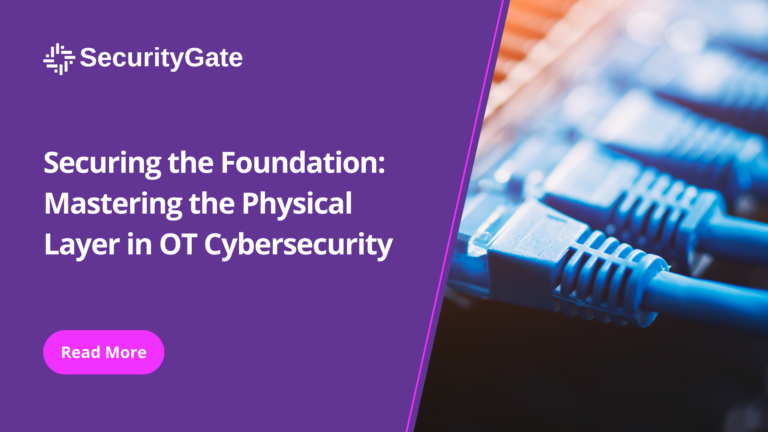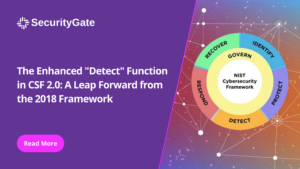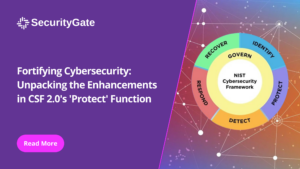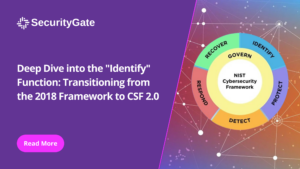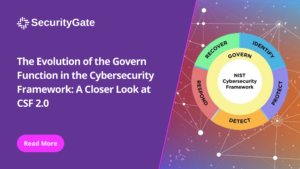In today’s rapidly evolving cybersecurity landscape within the Operational Technology (OT) industry, understanding the nuances of Layer 1 of the OSI model is paramount. This foundational layer, the bedrock upon which our data transmission and physical processes rest, encompasses the mechanical, electrical, and procedural interfaces through which our data flows. From copper and fiber optics to satellite communications, the transmission mediums are diverse, each with its unique challenges and security implications.
If you listened to my recent LinkedIn Post on “Tea with C,” I focused on the Physical Layer of the OSI model. In the article, I will expand on the definition of the physical layer, the roles and expertise needed to support this layer, and the security implications required to safeguard it.
The Physical Layer is where the rubber meets the road in our CPS environments. It encompasses all the hardware, cables, and physical aspects that enable data transmission. In an era where the integrity of physical infrastructure is paramount, understanding the nuances of Layer 1 is essential for any cybersecurity professional. This layer is where cybersecurity measures take a tangible form, from securing different mediums, e.g., copper, fiber, and satellite, against physical tampering to ensuring that communication channels are not susceptible to interception or sabotage.
The roles crucial for managing these environments are varied, yet they converge on a specialized set of skills primarily held by network engineers. These professionals are tasked with architecting, designing, and deploying mass communication networks that enable global connectivity. Their work is not just about connecting points A and B; it’s about ensuring these connections are secure, reliable, and resilient against myriad threats.
The cybersecurity of the Physical Layer involves a detailed understanding of the transmission mediums themselves and the specialized security controls designed to protect them. This includes safeguarding against physical tampering and unauthorized access through tight security seals, tamper-evident enclosures, rigorous access controls, and understanding the broader implications of securing such vast networks. These networks, often comprising physical copper cables and satellite links, represent significant security challenges due to their scale and the critical nature of the data they carry.
For individuals with an IT background, diving into OT cybersecurity by focusing on the Physical Layer presents a unique opportunity. It’s a chance to apply their knowledge of networks and cybersecurity in a context where the physical and digital converge. By understanding the specific threats and security measures relevant to physical data transmission mediums, IT professionals can bridge the gap to OT, enhancing the security of critical infrastructures.
Moreover, mastering the cyber controls specific to Layer 1 unlocks significant career opportunities. The demand for professionals skilled in securing the physical aspects of our digital world is growing. From designing secure network architectures to implementing surveillance and access control systems, the skills required are specialized and highly sought after. For those willing to take on the challenge, the career path is not only lucrative but also critically important to the security and reliability of our global infrastructure.
In conclusion, as we delve deeper into the security of the Physical Layer within the CPS industry, the importance of specialized knowledge and skills becomes ever more apparent. Whether it’s the engineers designing global communication networks or cybersecurity professionals securing these networks, the work is vital. Understanding the mechanical, electrical, and procedural interfaces of our data transmission mediums—and the security controls that protect them—offers a promising and rewarding career path for those ready to embark on this journey.
Follow me on LinkedIn for more related content and stay tuned for my blog on Layer 2 next week.
